By: Luis Arias, Inside Technical Sales, SFA Saniflo
Submersible pumps have been game-changers for over a century, far outpacing old-school pumping methods and becoming essential tools across residential, commercial, and industrial applications. These workhorses, built to get dirty in the fluids they pump, broke through the constraints old tech couldn’t handle, providing contractors a way to install more efficient and dependable pumps.
Let’s focus on the compact units – the ‘sewage ejectors’ – that contractors throw in daily for home and light commercial jobs. Rolled out in the early 20th century, these nifty little pumps chucked the rulebook for gravity-based systems, offering a slick solution for moving sewage out of the deepest basements or flat yards where gravity checks out. When sewage ejectors hit the market, they didn’t just raise the bar; they threw it out and set a new standard in wastewater management, clearing the path for the updated tech used now.
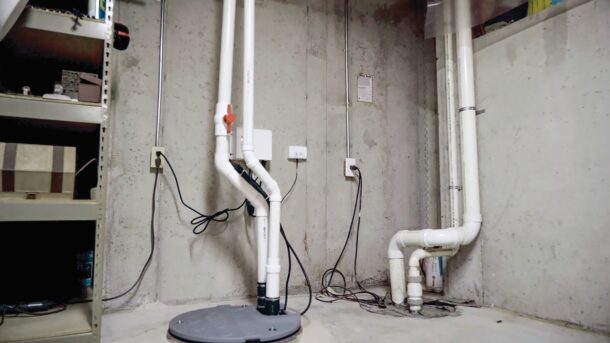
But let’s cut to the chase: sewage ejector tech hasn’t seen much action since it first appeared. As homes and systems age, installers are stuck with the same old tech, facing the same old headaches. The lack of new gear means they deal with the same float switch failures, blockages, and nasty repair jobs.
Consequently, advancements are urgently needed to tackle the everyday battles installers face with float switches, clogs, and the clean-up that comes after. It’s time for the next leap forward to make installation easier and keep businesses pumping.
Too Soon to Fail
The lifespan of sewage ejectors is a concern for many industry professionals. Generally, these devices have a lifespan of around 7 to 10 years. However, a common issue during this timeframe is the malfunctioning of the float switch component.
The float switch, responsible for controlling the pump’s activation and deactivation, often fails after two to five years of usage. This frequent occurrence has become a well-known challenge in the field, prompting installers to anticipate and prepare for the potential need for repair or replacement within a relatively short span. Addressing this issue is crucial to ensure the continued reliable operation of sewage ejectors and to minimize disruptions in wastewater management systems.
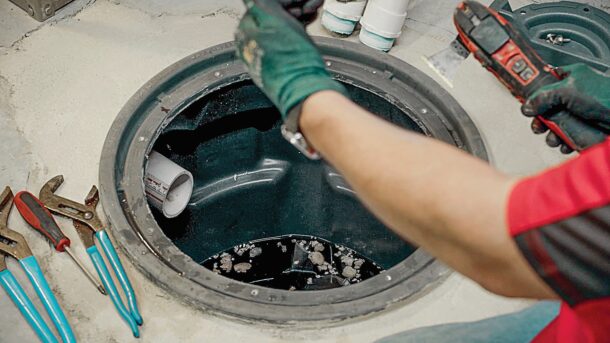
Here are other common challenges of existing sewage ejectors:
- Frequent clogging and jamming: Sewage ejector pumps move wastewater from lower to higher elevations. In the process, they can encounter solid waste and a potential excess of sanitary napkins or toilet paper, which can cause blockages. If the pump is not properly equipped or maintained, these blockages can disrupt the flow of wastewater and result in backups and overflows, causing potential health hazards and property damage.
- Frequent occurrence of system failures: Sewage ejector pumps can experience mechanical issues, such as motor or pump malfunctions, leading to pump failure and ineffective wastewater conveyance. Furthermore, improper installation or sizing of the pump can also contribute to system failures, as it may need more capacity to handle the volume and pressure requirements.
- Frequent repairs with high maintenance costs: Over time, these sewage ejector pumps can become prone to issues such as motor burnout, worn-out seals, or, as mentioned, malfunctioning float switches. These problems can result in pump failures, leading to sewage backups and potential health hazards. The costs of frequent repairs, including parts and labor, can quickly add up.
- Messy Repairs: Traditional sewage ejector pumps can be difficult, dirty, and time-consuming to repair and may require extensive professional assistance. Complex repairs may even involve digging up floors to access and replace the pump. Furthermore, the mess and odors associated with sewage pump repairs can be unpleasant and unhealthy.
Grinder Pump Technology: Alternative Solution
Dominick Rudd, a seasoned plumber at Bush Plumbing outside Indianapolis, has successfully implemented the SFA Saniflo Sanipit 24 GR retrofit pump kit as a reliable solution for replacing faulty sewage ejectors. This innovative product is compatible with existing 24-inch basins from major manufacturers like Liberty Pumps, Zoeller, and Myers, simplifying installation without extensive modifications.
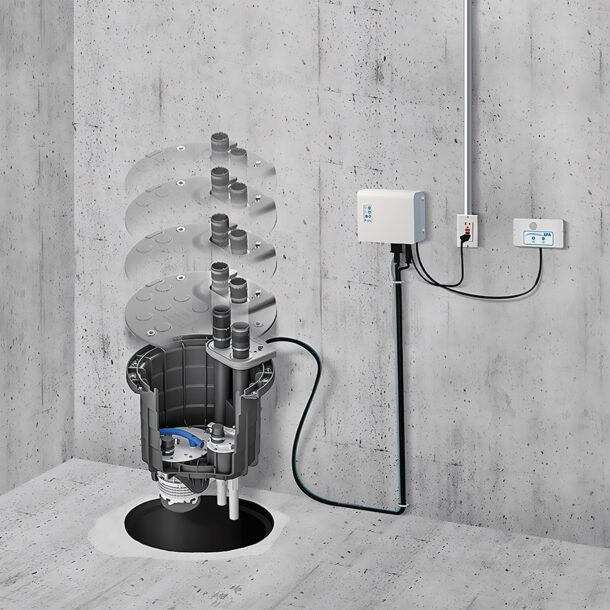
Rudd praises the Sanipit for its easy installation, maintenance convenience, and dry-cavity design that separates the motor from sewage. The built-in, 1-horsepower grinder motor efficiently handles waste, improving performance and customer satisfaction. Rudd highlights the pump’s easy access for maintenance and its long lifespan, promising minimal upkeep and fewer replacements for homeowners.
Major Benefits for Contractors
By incorporating the Sanipit 24 GR retrofit pump kit into his projects, Rudd is poised to overcome the common challenges associated with sewage ejectors across North America.
Fellow contractors like Rudd benefit from simplified installations, reduced maintenance requirements, and the ability to offer cost-effective solutions to their clients.
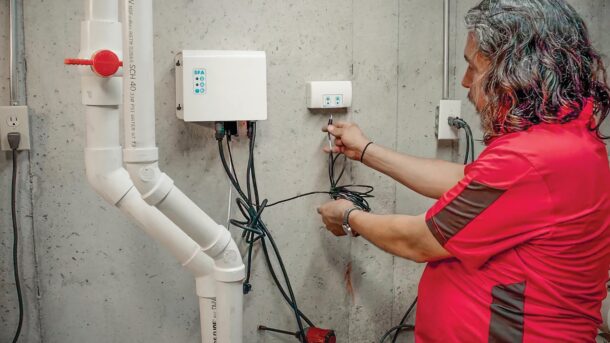
Notably, the Sanipit 24 GR retrofit pump kit aligns perfectly with Bush Plumbing’s commitment to providing its customers with top-notch service and innovative solutions. By leveraging the kit’s features and benefits, Rudd and the Bush team deliver value to their clients, enhancing their company’s reputation as trusted plumbing experts.
With a four-year warranty, contractors can now enjoy peace of mind for their clients, knowing they installed dependable and efficient waste management systems. At the same time, they have also found a cost-effective, reliable replacement solution that streamlines their work and enhances their professionalism.
About the author: Luis Arias has been working for SFA Saniflo for 15 years as Inside Technical Sales. His vast knowledge of pump systems and the plumbing trade has been used on many large-scale projects. Luis has contributed to the overall company success by working directly with architects, engineers, and trade professionals on engineering bids.



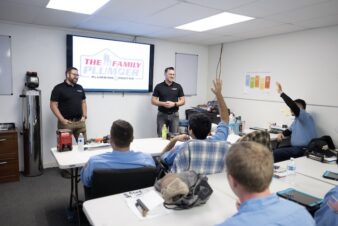
Join the conversation: